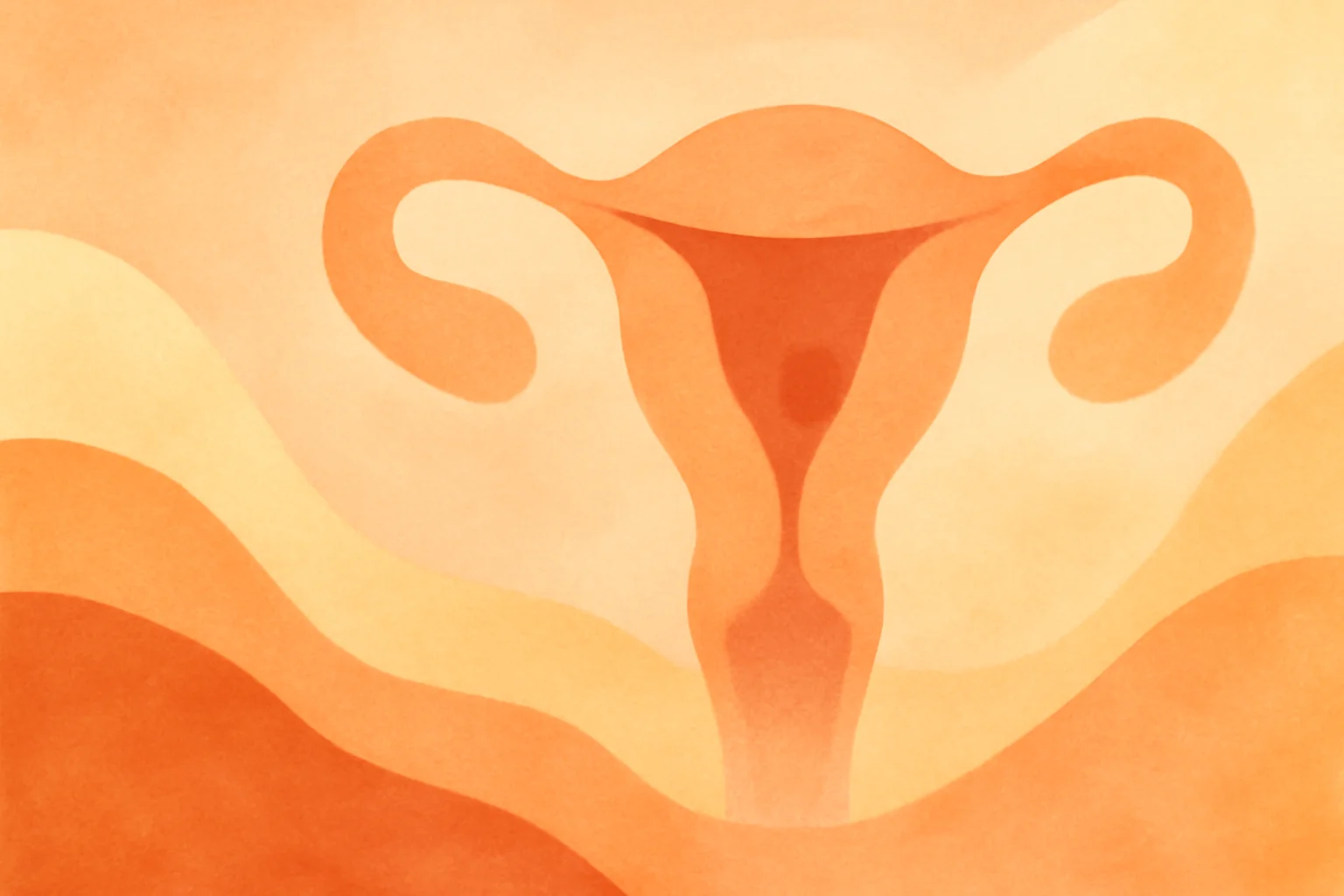
Symptoms and Treatment Options for Endometriosis in Women
Endometriosis is a chronic gynecological condition that is one of the most common yet often underdiagnosed issues affecting the female reproductive system. The essence of the disease is that tissue similar to the inner lining of the uterus grows outside the uterus, for example, on the ovaries, fallopian tubes, or other areas within the abdominal cavity. This tissue responds to hormonal changes during the menstrual cycle and sheds at the end of the cycle, which can cause inflammation, pain, and even scarring in the surrounding tissues.
The prevalence of the disease has sparked increasing interest worldwide, as it affects approximately 10-15% of women of reproductive age. Endometriosis poses not only a physical burden but also an emotional and psychological one for those who suffer from it. Pain, infertility, and chronic fatigue can all contribute to a decline in the quality of life for patients. The causes of the disease are still not fully understood; however, several theories exist that examine the effects of genetic, immunological, and hormonal factors. Accurate diagnosis and appropriate treatment are crucial for improving daily quality of life, making it important for women to be aware of the signs and symptoms of the disease.
Symptoms and Diagnosis of Endometriosis
The symptoms of endometriosis encompass a wide spectrum and can vary depending on the severity of the disease. The most common complaint is menstrual pain, which often begins before menstruation and can last until the end of the cycle. The location of the pain can vary: it may occur in the lower abdomen, lower back, or pelvis. Additionally, women often experience pain during intercourse, painful urination, or bowel movements, especially during menstruation.
One serious consequence of endometriosis is infertility. Many women living with endometriosis face difficulties in conceiving, as the disease can affect ovarian function and the patency of the fallopian tubes. The infertility can lead to psychological stress for many women, further exacerbating the situation.
Diagnosis can often be delayed, as the symptoms frequently resemble those of other gynecological issues, such as ovarian cysts or inflammatory bowel diseases. Medical examinations are necessary for diagnosis, which may include a physical examination, ultrasound, and in certain cases, laparoscopic surgery, which allows for direct observation of the disease and sampling of tissue.
Treatment Options for Endometriosis
Treating endometriosis may require various approaches, and the chosen method depends on the severity of the disease, the patient’s age, and individual preferences. One of the most common forms of treatment is pain relief, which may include over-the-counter medications such as ibuprofen or naproxen. These medications can help alleviate menstrual pain but do not address the root of the problem.
Hormonal treatments aim to regulate the menstrual cycle and prevent the growth of endometriosis tissue. Hormonal contraceptives, progesterone derivatives, and GnRH agonists are all effective options. These treatments can reduce pain and slow the progression of the disease, but side effects may occur with long-term use.
In more severe cases, when conservative treatments are ineffective, surgical intervention may be necessary. During surgery, the doctor removes the endometriosis tissue and restores normal anatomical structures. Laparotomy, or opening the abdominal cavity, as well as laparoscopic procedures, provide opportunities for thorough examination and removal of the tissues.
In addition to treatments, psychological support is also important, as women living with endometriosis often struggle with anxiety, depression, and stress. Support groups, therapy, and stress management techniques can help women cope better with the challenges posed by the disease.
Living with Endometriosis
Although a diagnosis of endometriosis can be overwhelming for many women, various strategies can be employed to manage the disease and thrive in everyday life. The first step is understanding the disease and seeking appropriate medical care. Women are encouraged to actively participate in their treatment and become informed about the different options available to help manage their symptoms.
Proper nutrition and regular exercise also play important roles in the lives of women with endometriosis. Anti-inflammatory diets, such as those rich in omega-3 fatty acids, can help reduce inflammation and pain. Regular exercise not only aids in improving physical condition but also plays a vital role in reducing stress.
Stress management techniques, such as meditation, yoga, or breathing exercises, can also be beneficial. These can help maintain mental health and reduce pain perception. Additionally, supportive communities, online forums, and groups can provide valuable information and emotional support.
Finally, it is important for women not to feel alone because of their condition. Endometriosis is a condition that affects many, and community solidarity can provide strength in the struggle. Increasing awareness, open communication, and sharing experiences can help sufferers better understand their condition and find the most suitable treatment options for them.
**Warning:** This article does not constitute medical advice. Always consult your doctor for health issues!

